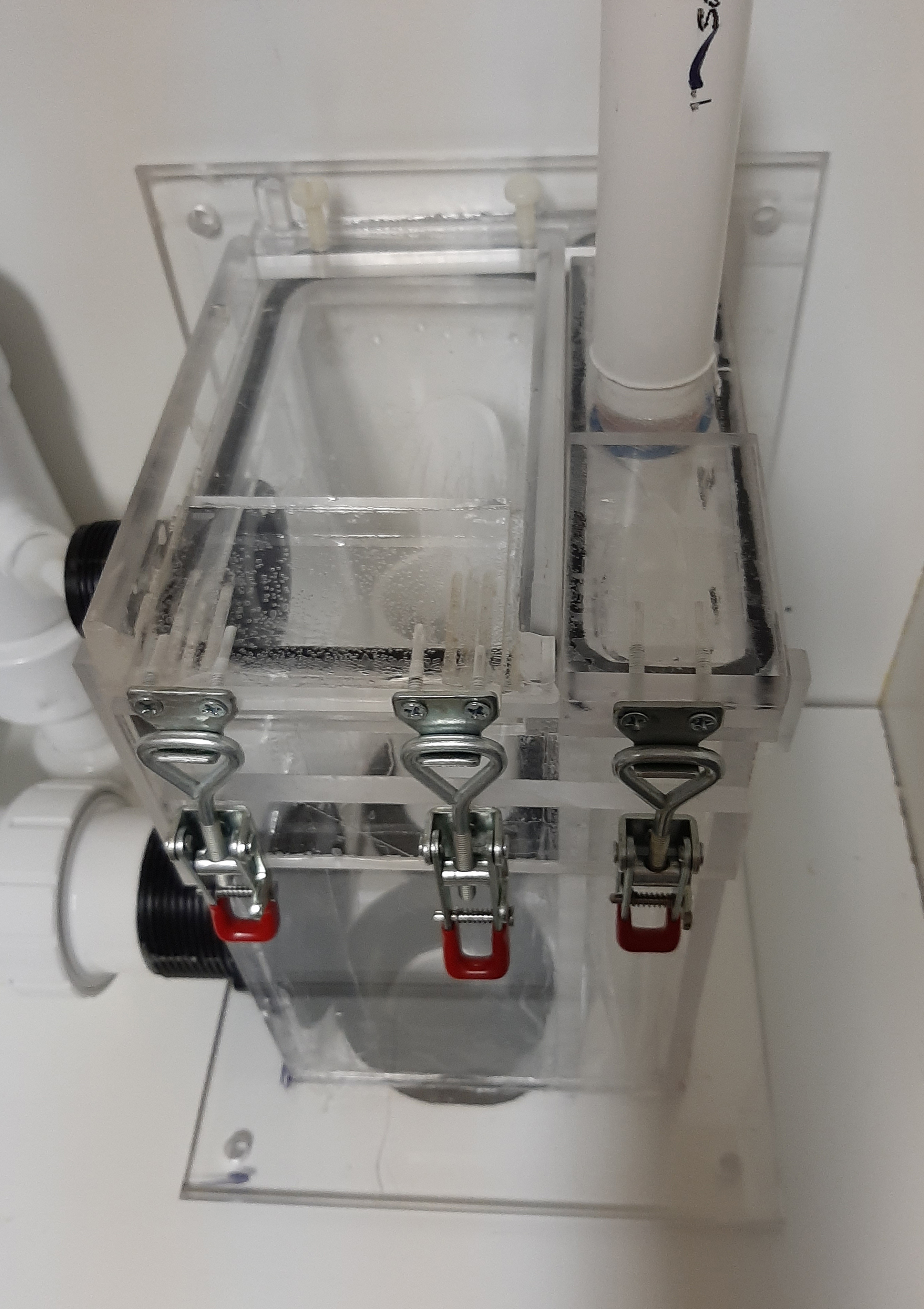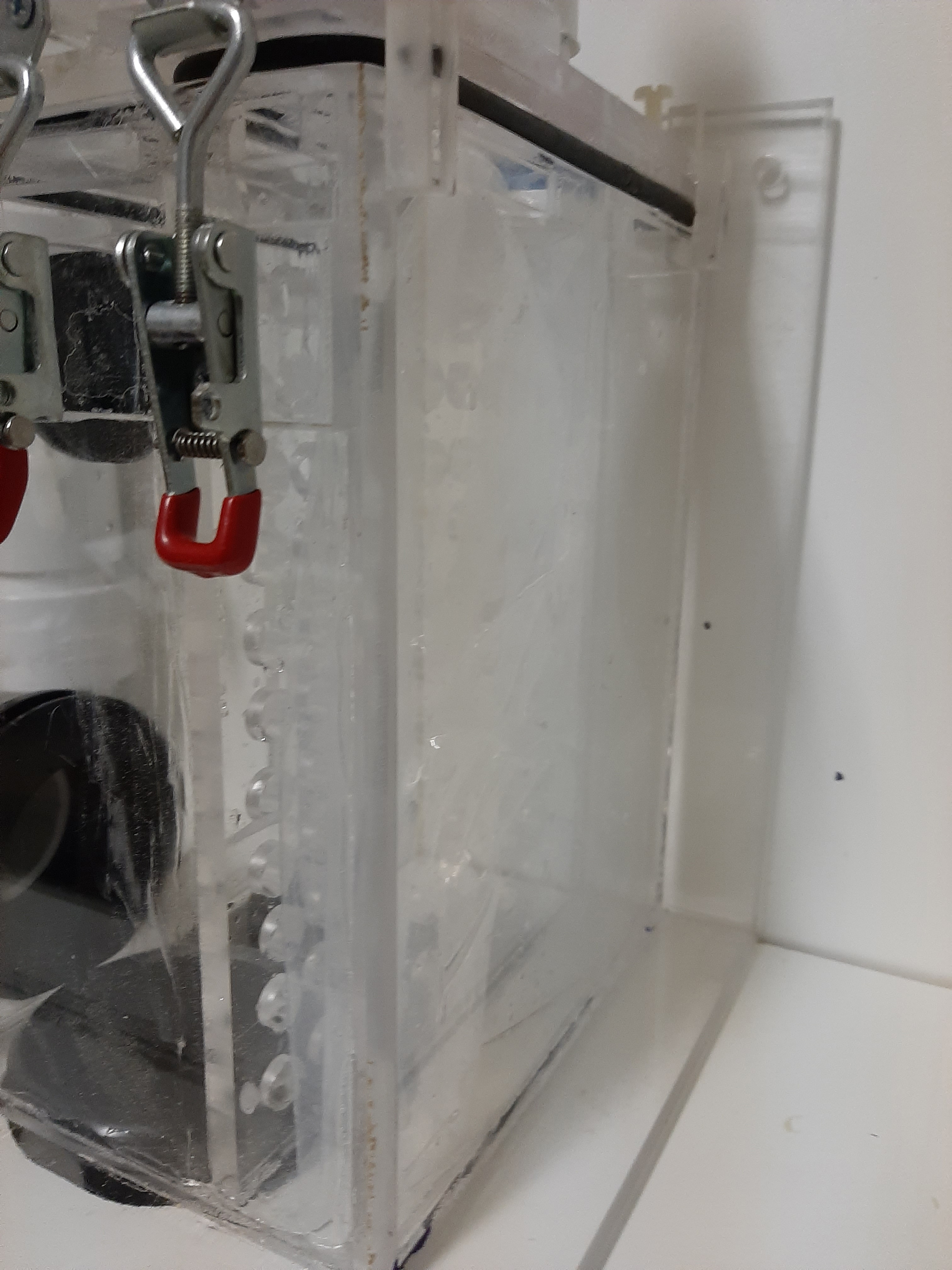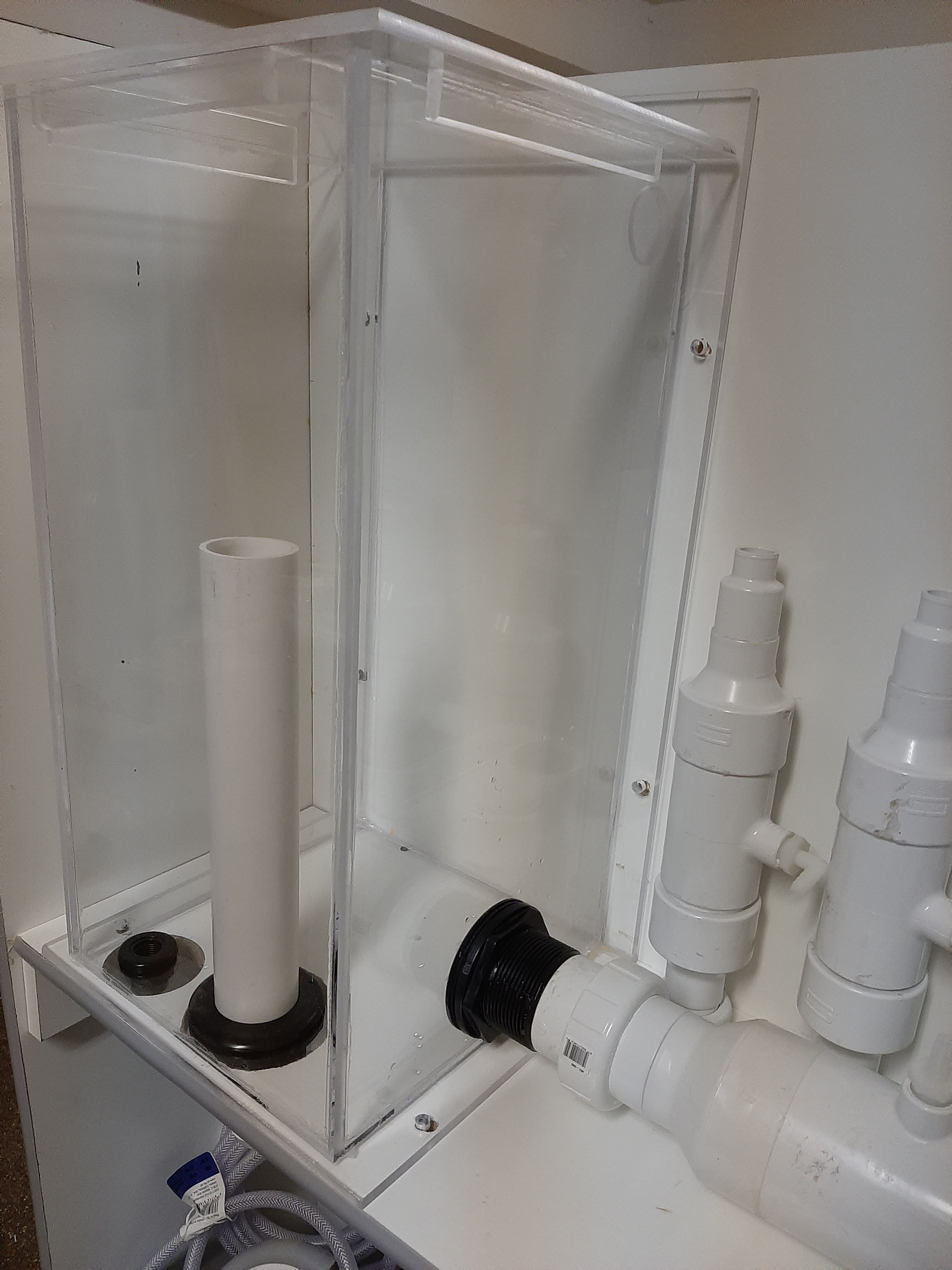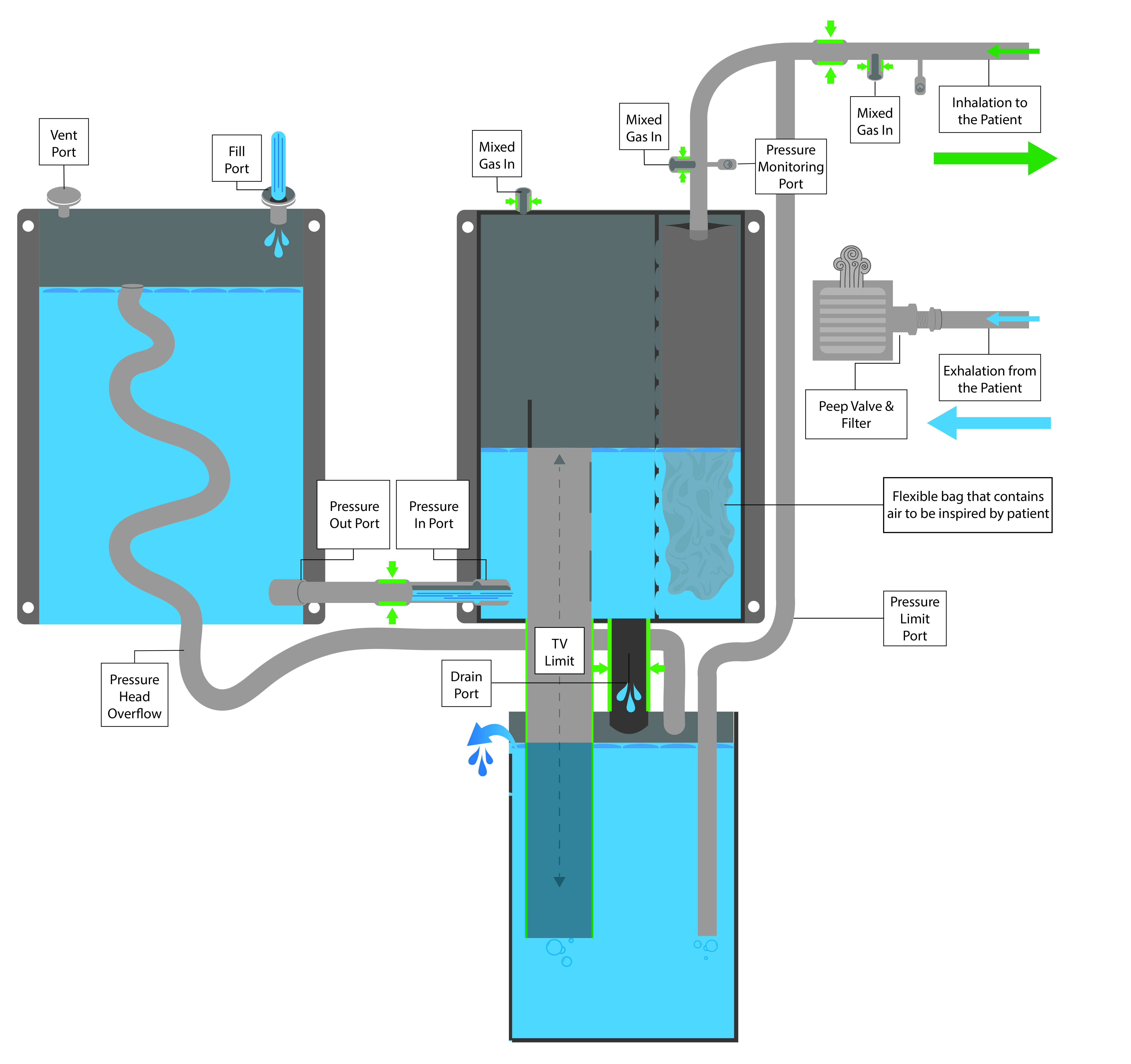Kirk Wilhelmsen
The APOGEE (mAss-PrOduced Gravity drivE vEntilator) prototype design will cost no more than $1,000 to produce and requires only a source of 12V power, compressed air, compressed oxygen, and tap water to function. These features make the device highly reproducible and mobile. Designed by Kirk Wilhelmsen, MD, PhD, a professor in the UNC-Chapel Hill School of Medicine’s Department of Genetics and chief domain scientist for genomics at the Renaissance Computing Institute, APOGEE meets technical requirements for a ventilator while still adhering to design principles allowing for mass-production from readily available, off-the-shelf parts by those with minimal technical skill. Simple mechanical design reduces the possibility of failure, and interchangeable parts (any that come in contact with gas are medical grade) are easily serviced by respiratory therapists. The design also includes an LCD touch screen with a web interface for monitoring machines from a workstation. APOGEE will support synchronized intermittent mechanical ventilation (SIMV), tidal volume of 100-1500cc, inspiratory pressure limit of 5-50cm H20, PEEP 0-30cm H20, and room air to 100% O2.
The driving force moving air is gravity acting on water. Pressures are regulated by controlling the hydrostatic heads. A pump or a source of tap water maintains the hydrostatic head in a reservoir. Trivial mechanical actions allow the adjustment of tidal volume, inspiratory pressure limit, PEEP, and percent O2. Pressure monitors allow adjustment of the sensitivity of the inspiratory effort trigger. Pinch valves control the movement of gas and water.
A Linux CPU and touch screen control respiratory rate and sensitivity to trigger an assisted ventilation with inspiratory effort. The screen displays the history and pressure of respiratory cycles in real-time. Tabs of the screen allow testing of specific mechanical functions. The CPU monitors the properties of the respiratory cycle, generates an alarm, and supports remote monitoring web service.




